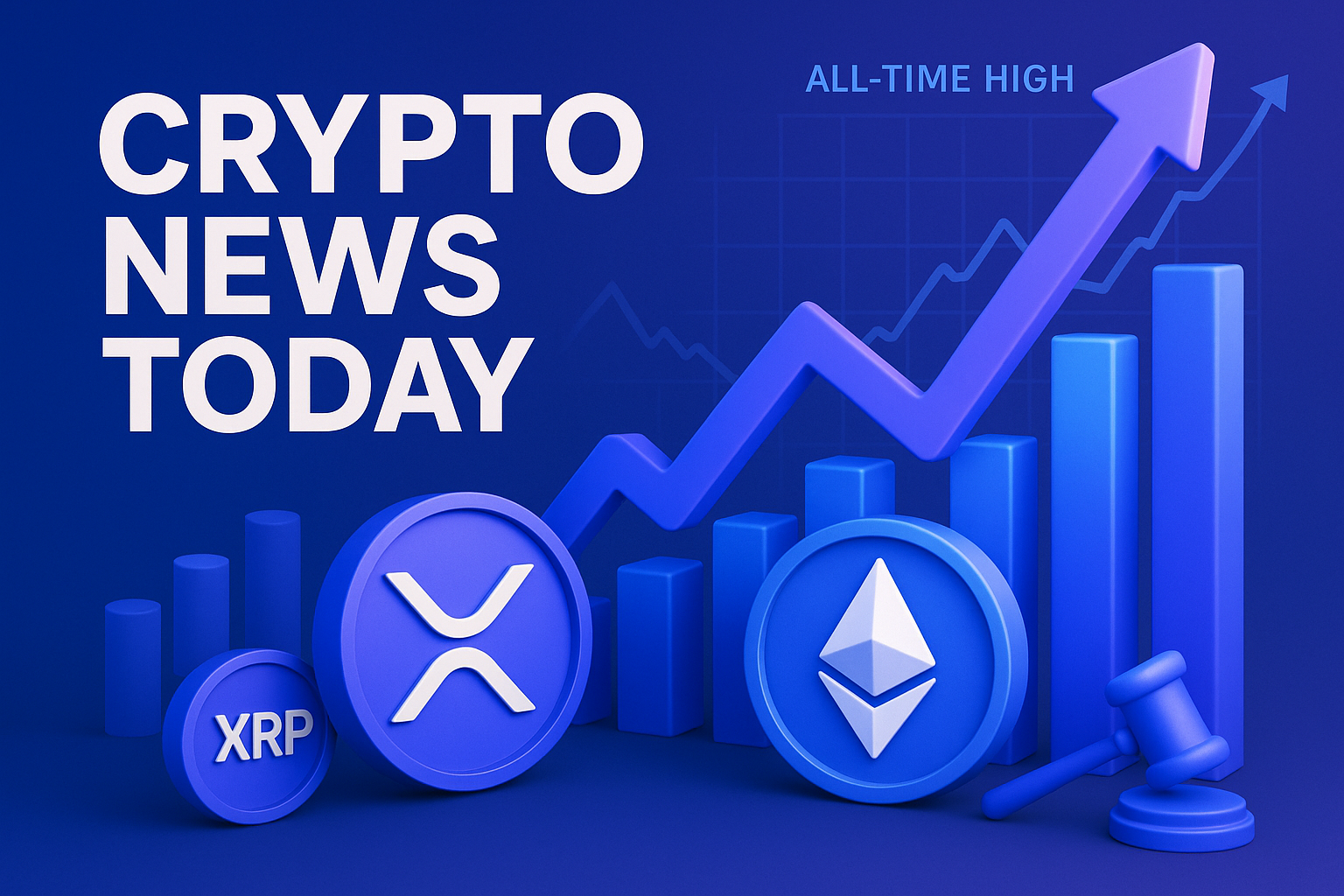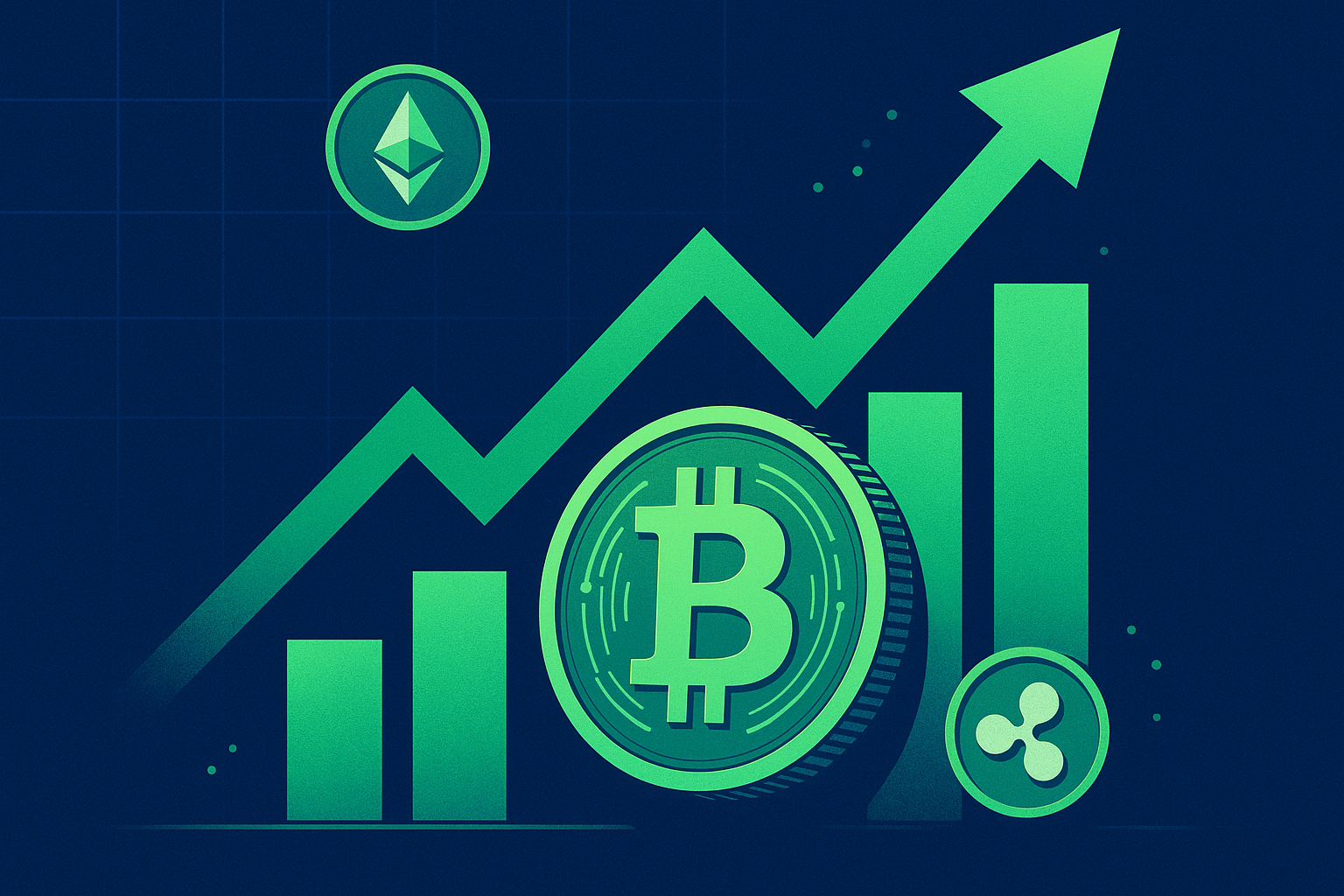What if the market’s cheering for the wrong reasons… again?
Here's What Actually Happened
Late Tuesday night, the U.S. Senate quietly slipped the GENIUS Act (Generating Essential National Innovation & Unchained Start-Ups) into a broader spending bill. The crypto press lit up within minutes. By Wednesday’s open, Coinbase (NASDAQ: COIN) gapped 7.4% higher to $238, Circle’s pre-IPO secondary shares on Linqto fetched $14.10 — a 19% premium to last week, and Galaxy Digital (TSX: GLXY) ripped past CAD $15 for the first time since April 2022.
Everyone on Crypto-Twitter was pounding the table: “Regulatory clarity is here, American exchanges will moon, institutions are coming!” Fine, but we heard the same breathless pitch when the IIJA cleared the House. Two years later, the IRS still hasn’t published clear broker rules. So forgive me for reaching for an Advil while others pop champagne.
Why the Crowd Thinks These Three Are Untouchable
The bull case is straightforward:
- Coinbase finally has legislative air cover, should escape the SEC’s lawsuit mostly intact, and its spot ETH ETF application could go live by Q4.
- Circle rides USDC’s newly minted status as a “qualified payment stablecoin” under the Act. If Visa integrates direct USDC settlement in the States, revenue could spike.
- Galaxy Digital plans a U.S. listing once its long-delayed domestication closes — the Act supposedly greases the regulatory wheels.
I get it. On paper, that’s compelling. But paper narratives crumble when traders start selling the news.
Three Numbers No One Is Talking About
1. Coinbase’s transaction volume for May: $92 billion. That’s up, sure — but still 60% below the November 2021 blow-off top. Their shiny new 5.0% USDC yield can only plug that hole for so long.
2. Circle’s market share of the stablecoin pool sits at 22%, down from 34% a year ago, per Dune Analytics. Tether’s unbothered. GENIUS Act or not, the street wants yield, and USDT’s offshore flow remains king.
3. Galaxy’s trading division posted $27 million in net income last quarter, but that was largely a one-off mark-to-market on their Bitcoin mining book. Operating cash flow was negative.
If these numbers don’t improve, the Act becomes just another headline juicing multiples, not fundamentals.
But the Charts Look So Good… Or Do They?
Yes, COIN just closed above its 200-day moving average for the first time since December. The weekly RSI is flirting with 70. Traders love that. But zoom out. We’re still miles below the June 2021 direct-listing open at $381. Meanwhile, the short interest crept back above 14% of float last week. That’s fuel for squeezes, not a thesis.
Galaxy’s double-bottom around CAD $4 was textbook. I rode that trade myself. Yet, the rally stalled right at the 0.618 Fibonacci retrace from the 2021 highs. If it can’t clear CAD $17 with volume, the pattern morphs into a giant bull trap.
And Circle? No ticker, no chart, only whispers of a revived SPAC at a $9 billion valuation. Remember, last year’s deal fell apart at $9.5 billion when rates were lower. Why should it stick now?
A Quick Tangent on Lobbying Money
People keep telling me, “The GENIUS Act passed because America finally understands crypto’s strategic value.” Really? The Senate’s disclosure database shows $28 million in crypto lobbying spend in the past 12 months, up 60% year-over-year. Fidelity, Andreessen, and yes — Coinbase — wrote those checks. I’m not criticizing; that’s how policy is shaped. But let’s not pretend the Act is pure ideological enlightenment. It’s pay-to-play politics, and the invoice will come due.
So, What Would Make Me Flip Bullish?
• Coinbase proves it can grow spot volume >25% QoQ without relying on meme-token mania.
• Circle regains stablecoin share from Tether while maintaining its 1:1 reserve transparency.
• Galaxy actually lists in New York before year-end and shows a profitable asset-management arm — not just prop trading gains.
Until then, every green candle feels rented, not owned.
How I’m Trading the Post-Act Hype
I sold covered calls on COIN at $260 that expire July 19th, collecting $5.80 in premium. If we rocket another 15%, I’m happy to part with shares; if we fade, the theta cushions me.
I’m accumulating Circle equity on the secondary desks but only under $11 — a 30% discount to circulating rumors. Cheap or I sleep.
Galaxy? Just watching. The Canadian listing’s liquidity is too thin: a $100k market order still moves the tape two cents. I’d rather trade liquid U.S. options when (if) they arrive.
What Could Go Totally Sideways
1. The SEC challenges the Act in court — don’t laugh — arguing it infringes on securities oversight.
2. A surprise Tether audit finally lands clean, emboldening USDT further and sidelining USDC.
3. Bitcoin slides below $60k again, dragging correlated equities down no matter how shiny the legislation.
"Regulation doesn’t negate market cycles; it just reschedules them." — an old prop-desk mentor of mine
Before You Rush to Buy, Ask Yourself This
Is the GENIUS Act fundamentally transformational, or does it merely remove one layer of existential risk that was probably over-priced into these stocks already? If it’s the latter, the easy money may have printed on Wednesday’s gap-up.
Where Do We Go From Here?
History says Washington loves passing a bill, taking a victory lap, and then letting agencies bicker over rulemaking for years. If that script repeats, you’ll want dry powder for the inevitable boring, low-volatility quarter that follows every euphoric spike.
My call to action? Don’t buy the headline. Track on-chain flows, follow FDIC reserve filings, peek at Coinbase’s 10-Q when it drops in August. The data rarely lies even when the narrative does.



